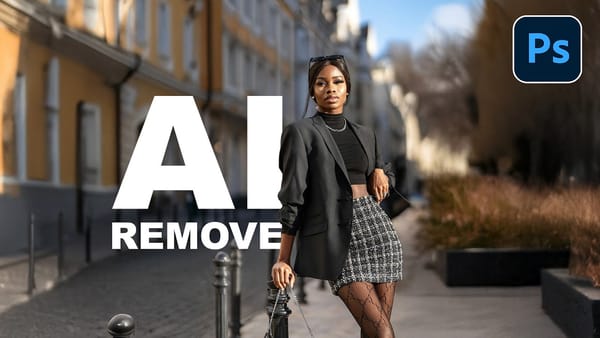Perfect shots don't always happen in a single frame. You might capture great lighting in one photo and ideal subject positioning in another. The solution isn't choosing between them—it's combining the best elements of both.
This technique transforms multiple good shots into one exceptional image. You can merge different moments, enhance compositions, and create visually compelling results that surpass any single photograph.
Watch the Tutorial
Video by photoshopCAFE. Any links or downloads mentioned by the creator are available only on YouTube
Practical Tips for Combining Photos
- Use
File > Scripts > Load Files into Stackto automatically import multiple images as separate layers in one document - Select all layers and apply
Edit > Auto-Align Layersto correct minor positioning differences between handheld shots - Hold
Alt/Optionwhile clicking the layer mask icon to create a black mask that initially hides the entire layer - Paint with a soft, white brush on the black mask to selectively reveal areas from the top layer
- Press
Xto swap foreground and background colors, allowing you to paint with black to hide areas or white to reveal them
More Tutorials about Photo Combining and Blending
Explore additional techniques for merging multiple images and creating seamless composites.
















